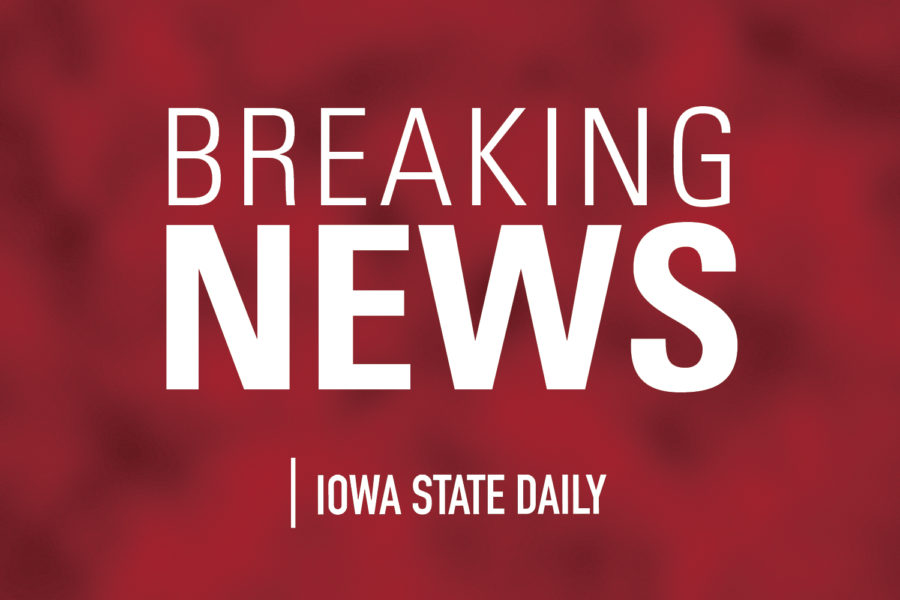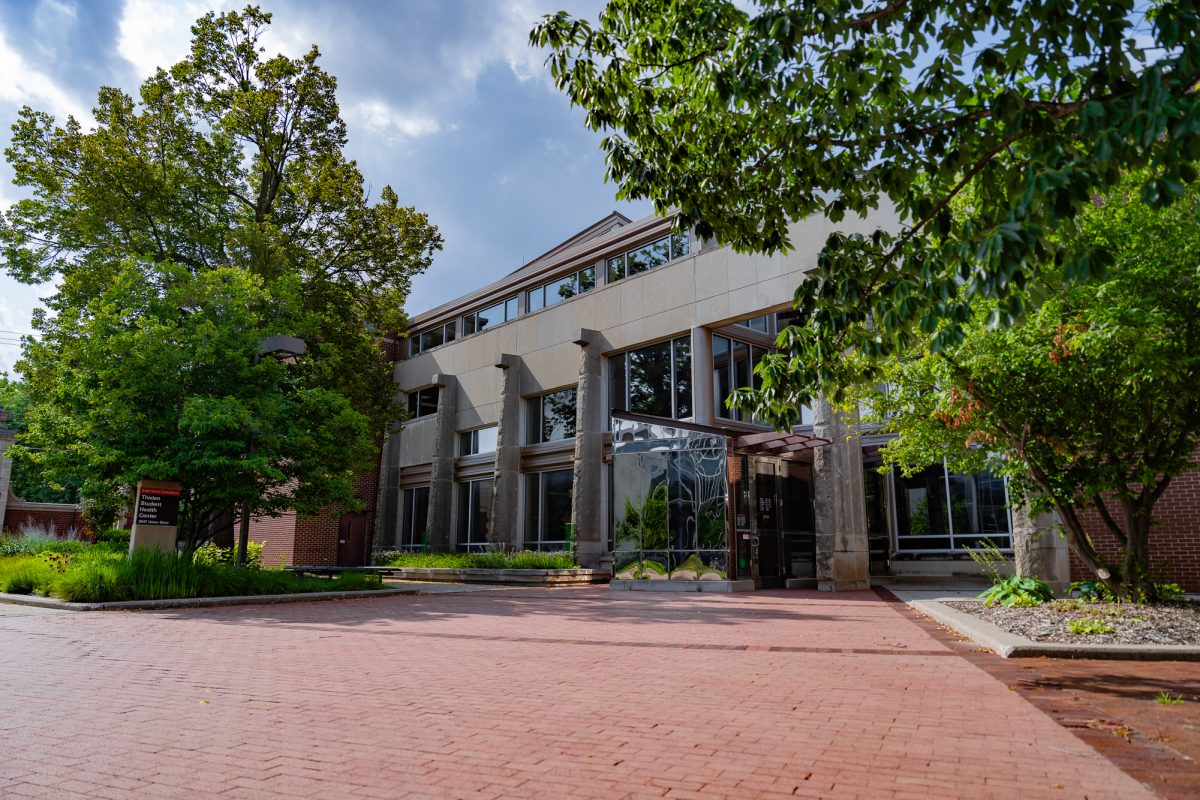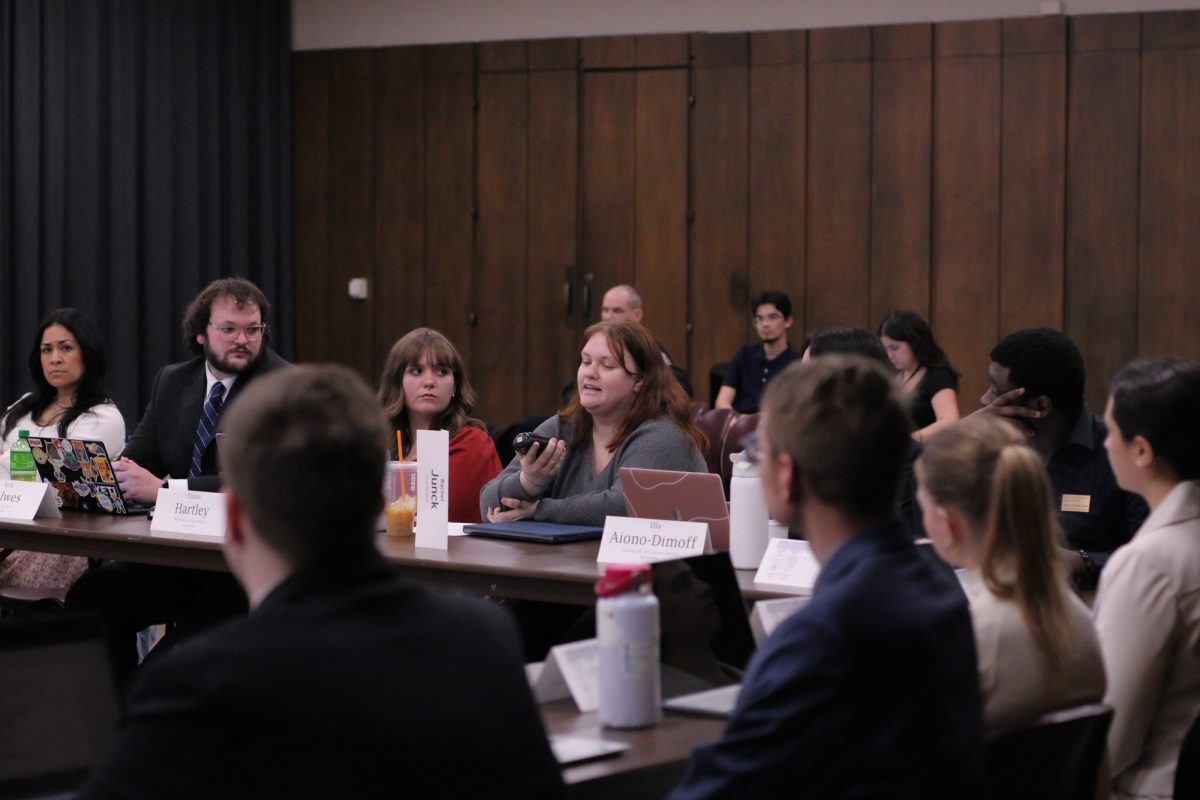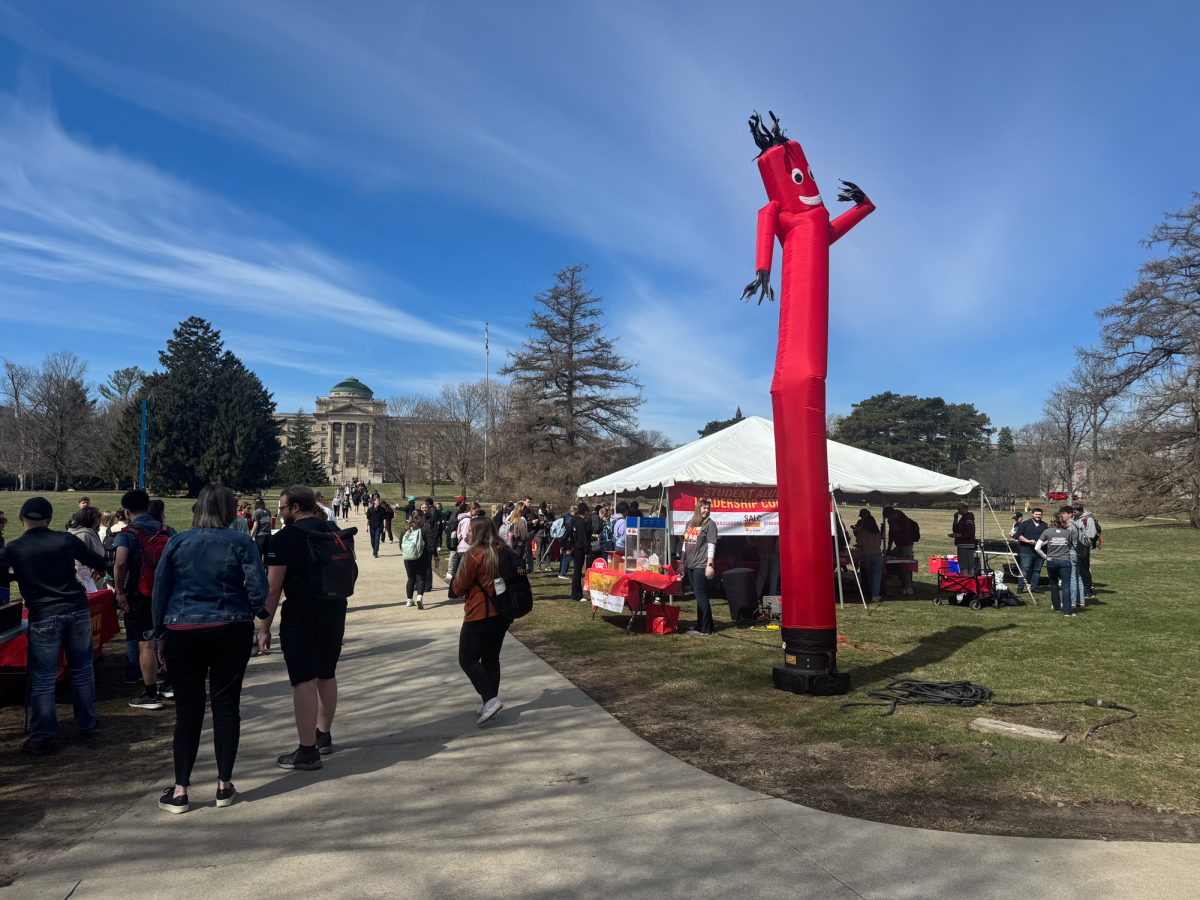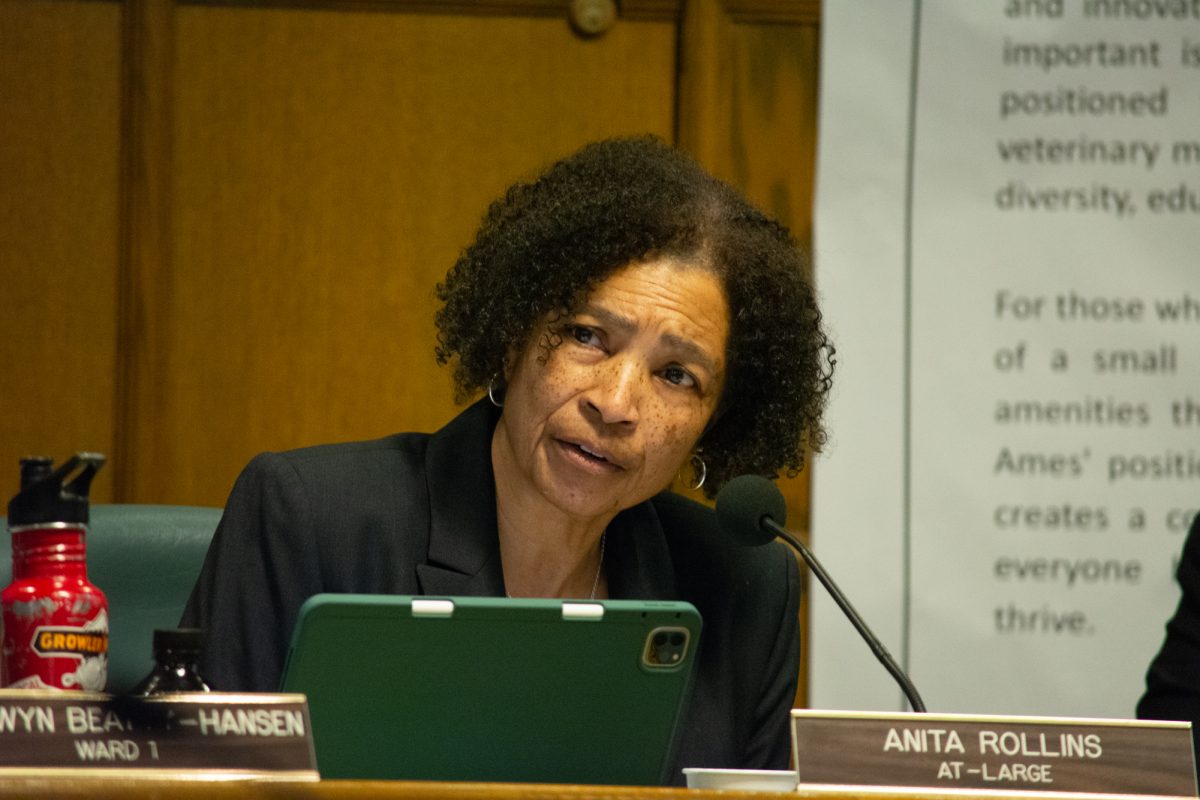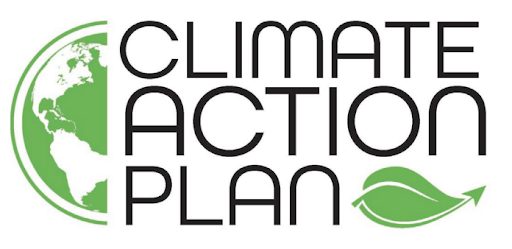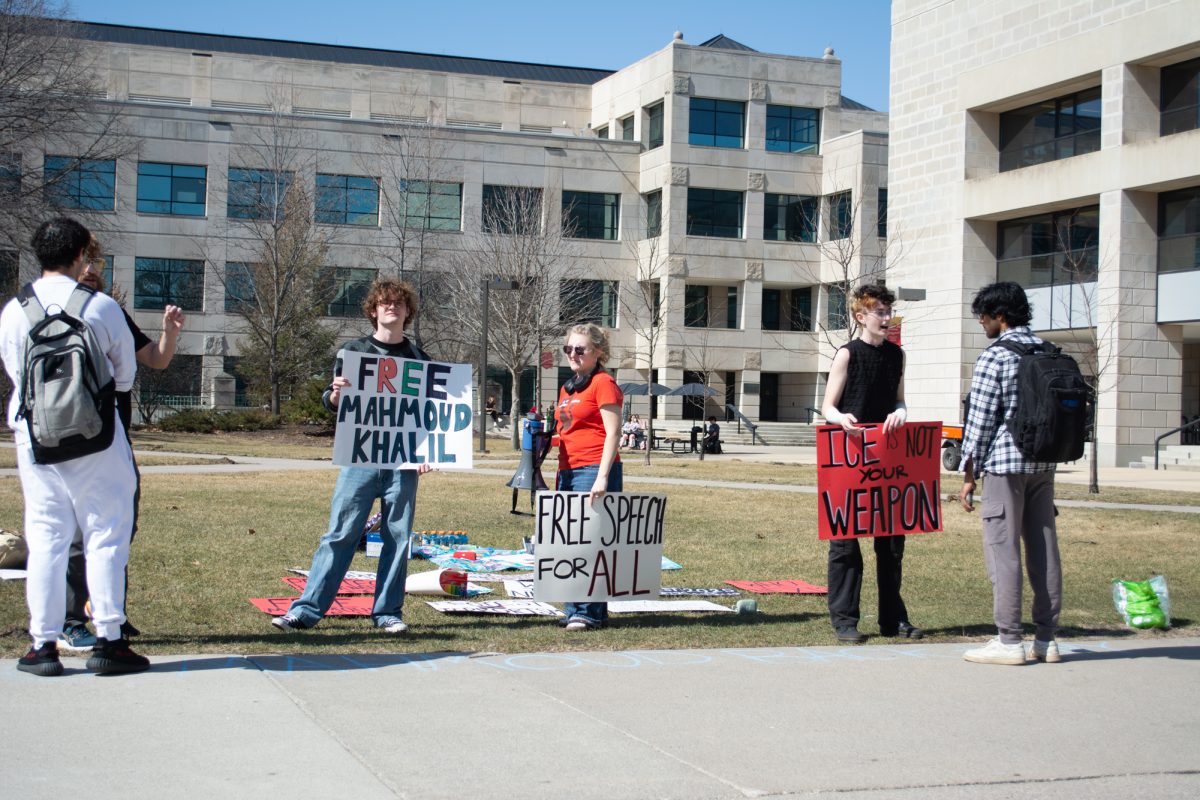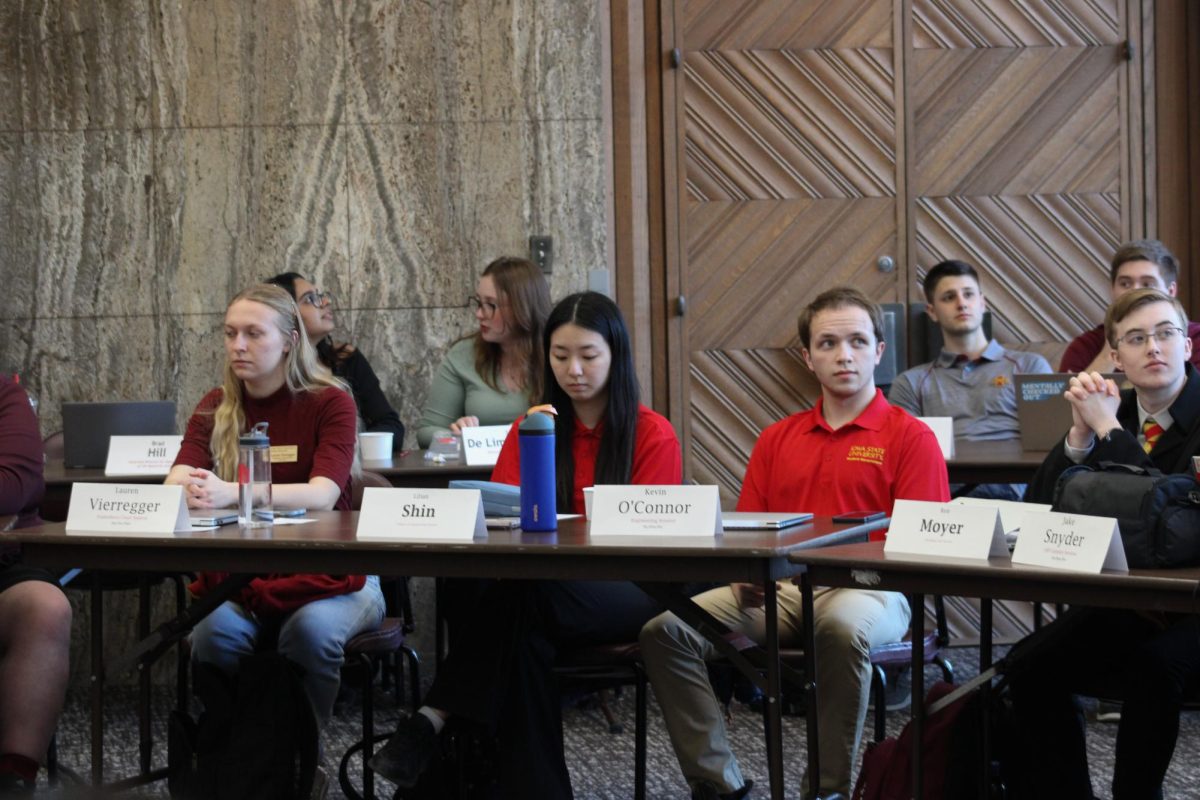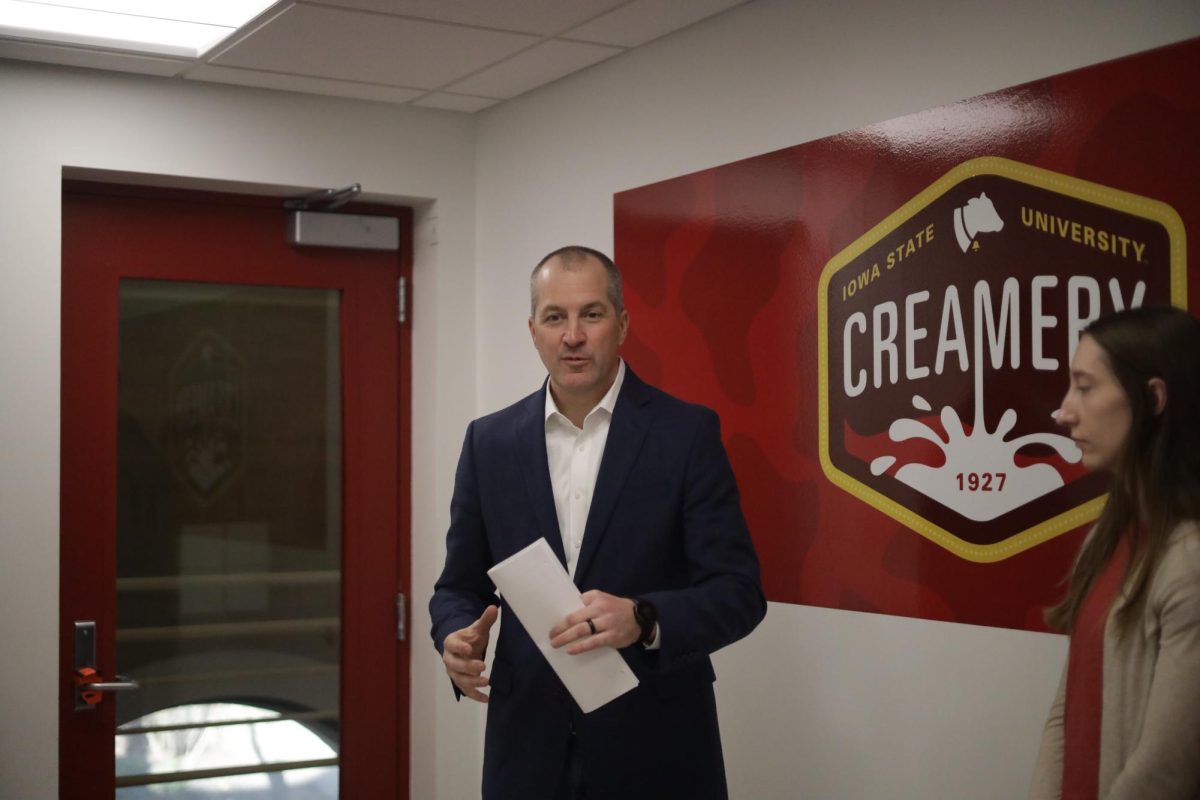On Tuesday, Nolan Sagan, the sustainability coordinator for the City of Ames, gave a lecture on the Climate Action Plan (CAP) and sustainability in the city of Ames.
The CAP was an initiative undertaken by the city of Ames in 2020 to assist in transitioning Ames into a more sustainable city, hoping to achieve an 83% drop in emissions by 2030. The first step was to establish a Greenhouse Gas Inventory, which highlights many key figures of Ames’s carbon footprint.
In the lecture, Sagan highlighted the six big moves planned by the city to reduce emissions and make Ames increasingly sustainable.
The first move to be highlighted was a transition to renewable energy. As stated in the lecture, 12% of the current production of electricity in Ames comes from wind. However, the city plans to improve solar capacity. Tax incentives exist for people who seek to install solar panels, however, it is unclear as to whether these incentives will last as government policy rapidly shifts.
In 2023, Ames transitioned away from coal usage completely, shifting to natural gas instead, as it is safer and helps provide a consistent electricity supply when other renewable sources might be compromised. 16% of the electricity in Iowa is still reliant on coal. Recently, Ames signed a memorandum of understanding, which outlines intentions for collaborating with a wind developer and a new wind farm is expected to be finished by 2030.
The second goal is to retrofit municipal and residential buildings to reduce their greenhouse footprint. To implement this, Ames has partnered with AmeriCorps, a government agency to audit buildings in Ames and assist in forming plans for retrofitting. The city also plans to implement benefits programs similar to other programs already in place, such as rebates.
The third plan is similar to the second one, which focuses on newer buildings. Due to Iowa legislation, Ames cannot implement stricter laws to enforce environmental goals; however, major incentive programs are already implemented, such as a $3,000 rebate for new homes that meet the sustainability requirements. A further $5,180 of tax abatement over five years is also being implemented.
A major contributor to Ames emissions has been transportation. For this, the fourth goal looks into expanding electric vehicle (EV) capacity in Ames. Residencies that invest in EVs will be rewarded up to $500 in electricity rebates, and businesses can get up to $2500. Sagan also highlighted accomplishments by the city of Ames regarding EV adoption, showcasing a five-dollar figure to fill up a fuel tank in an average EV in Ames.
“Think about the cost [of EVs] over five or six years, because you’re going to be saving $3,000 a year,” Sagan said, “As well as record high numbers of EV adoptions.”
Ames boasts the third highest public transport utilization rate per capita in the nation, and new plans seek to improve infrastructure while maintaining sustainability. CyRide has expanded its biodiesel buses, and $3 million has been set aside to expand biking infrastructure in Ames.
The sixth goal seeks to reduce waste emissions in Ames. Currently, all of the recycling capabilities of Ames rely on Des Moines’ facility, and so a new recycling processing facility is planned to be built in Ames. Sagan also highlighted that the Story County landfill is reaching capacity, so new garbage will be shifted to Carroll County.
“We do expect our emissions to go up in the short term,” Sagan said.
Sagan said this should encourage residents to recycle more.
When presented with the question of implementing legislation restricting the usage of single-use plastics or plastic bags, Sagan said that current Iowa legislation forbids the city of Ames from imposing restrictions, so incentives are what they are looking into.
When speaking on the balance of incentives vs regulations, Sagan said “I think about it in terms of carrots and sticks. So we have sticks, we have regulations… The state took away our sticks, right? So we are left with our carrots, and I think we have some pretty good ones.”
Sagan highlighted how important the Ames community will be in making Ames more sustainable, promoting a $10,000 grant to initiatives that align with city policy, with applications closing on Friday, April 4. A $500 youth grant is also in place, with rolling application deadlines.
The city seeks to implement Time of Use programs to encourage a more balanced use of electricity throughout the day. The objective is to charge more per unit during peak hours, which were stated to be during the day and to encourage usage during early hours by reducing unit costs.
Compared to previous data, Ames’ greenhouse gas emissions have dropped significantly, especially due to the transition away from coal, despite an increase in population and GDP. This shows that Ames has been sufficiently adhering to its climate goals.
Ames also leads in many metrics used to judge sustainability, surpassing Iowa’s average figures and even national figures. These figures include fossil fuel usage, tax incentives and rebates, public transportation and more.
The City of Ames plans to continue working with Iowa State University in implementing environmental programs, especially pollination programs to preserve natural habitats.
“We’re seeing, as another result of climate change, a steep decline in our pollinators, which is obviously important for agriculture,” Sagan said.



